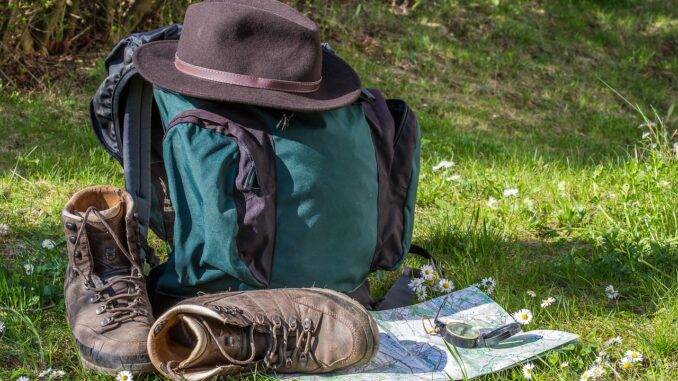
In most prepper communities, we often hear about tips and tricks about packing the best bug out bags. Seldom, get home bag gets under the limelight. In my opinion, get home bags deserves more attention than it’s getting.
After years of observation, I’m sure we can all agree that disaster can happen anywhere, anytime.
If you can’t get home to your family and supplies, you have a much lower chance of getting through the disaster alive or unscathed.
Also, to get home safely, you’ll need some supplies to help get you through any situation.
What is a Get Home Bag?
A Get Home Bag is literally what it means: a bag with all the necessary tools for you to get home. You’ll need to have a solid game plan on how you get from wherever you are to your home. After planning out the route, you’ll be clear on what you need to get for your get home bag.
Unlike a bug out bag, which is supposed to contain enough supplies for you to evacuate your home and survive for at least 72 hours until your can make it to a safe location. A get home bag is instead made to aid you in making a trek home during an emergency situation, whether you work 30 miles away from home or commute 150 miles. A get home bag should account for how long it would take you to get home on foot.
Who Should Build a Get Home Bag?
Answer is: EVERYONE.
Most people I know don’t spend most of their days at home. They usually spend most of their time working outside there home and on days off they travel for fun. Students aren’t an exception too because they spend most of their time in school.
If you fall under this category, you must consider building a get home bag.
Get Home Bag Essentials
Item 1: Portable Water Filter/ Water Container
I hate to be captain obvious, but it’s necessary to point out that getting clean water source is one of the most important aspect for survival.
Of course, you need to be practical about your considerations.
If the path from your workplace to your home has natural sources of water, you can consider getting one or two sets of portable water filter.
If there are no natural water sources around your area, I would recommend that you keep a 1-liter container of filtered water in your get home bag.
You don’t want to feel dehydrated especially when you’re involved in intense physical activity.
Item 2: Survival Food Kits/ MREs
Do note that you can keep practically any food in your get home bag, as long as it provides you with enough nutrients to get you going. If you are stashing your get home bag in your car and you don’t plan on paying too much attention to it, I would recommend getting Survival Food Kits or MREs. They typically last longer than common food.
If you are keeping survival food kits, I would recommend that you get backpacking stoves too. Survival food kits are great if you’re planning to stockpile emergency food. They often come in packets and they are able to last up to 20 – 30 years.
MREs are great if you’re looking for food that can be prepared without needing a backpacking stove. They usually last for around 5 years. If you’re short on a budget, the MREs would be a better choice.
Item 3: Compass and Map
I would recommend getting military-standard tools so that it can last for years.
Since you won’t know what kind of emergencies would happen, getting a map can help you identify multiple routes to get home. You can’t just rely on one route. There may be instances where the route you’re most familiar with becomes inaccessible.
When preparing your map, I would recommend that you do prior research. You will want to find out high traffic and high crime areas, so that you can avoid these areas when shit hits the fan.
Item 4: Emergency Shelter
When you are planning long-term and you can foresee that you will be traveling to an area far away from your home, you’ll need to consider packing an emergency shelter.
I would highly recommend the Tact Bivvy Sleeping bag because it’s portable, lightweight and it’s made from durable materials. This sleeping bag is made from mylar which is well-known to help keep you warm even in sub-zero temperature. It’s definitely something you want to get if you want to avoid freezing in the cold.
Item 5: Self-defence
After covering the essentials you need to survive, you’ll need to consider getting items for self-defence.
A boot knife is an excellent candidate because it’s an extremely versatile tool. Besides being a tool that can cut ropes and chop wood, you’ll be able to use it to protect yourself.
I would recommend that you bring a boot knife or pocket knife along with you wherever you go, while keep an extra set of boot knives in your get home bag.
Conclusion
If you want to build a minimalist get home bag, you will need all the items mentioned above, plus some walking shoes. These are the MOST IMPORTANT items you need to pack in your get home bag. If you’re intrigued about how to build a solid get home bag, you can check out this article on how to build a solid get home bag at The Survival Hacks. After going through the article, you will be clear on what bag you should get for your get home bag, and what items you should pack in it.
Remember to take action and start packing your very own get home bag. I would recommend that you start preparing for your family members too. When disaster strikes, you will be grateful that you went the extra mile to build a solid get home bag for your family. Seeing your loved ones safe will be a sweet reward.
If you’re a minimalist and want to add a few emergency supplies to your vehicle, you’ll find three examples below.
Thanks for visiting Preppers Survive. Before you leave subscribe to our newsletter. If you enjoyed this article, please share it on your favorite social media.



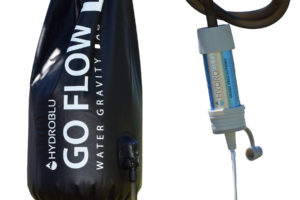
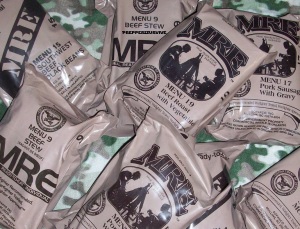



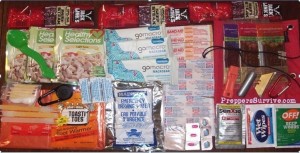
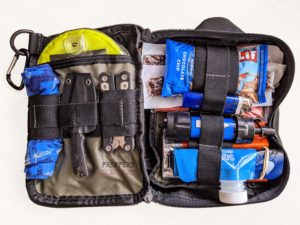
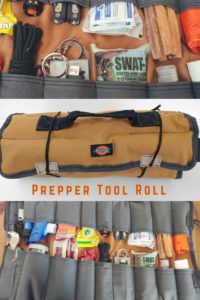
Keeping a pair of walking shoes in your car is great advice. I have been doing this for years, and it has paid off for more than an just emergencies. Like needing to change a tire in the mud and not wanting to get your dress shoes muddy on the way to work. Love finding great recommendations for get home bags and survival kits! Thank you